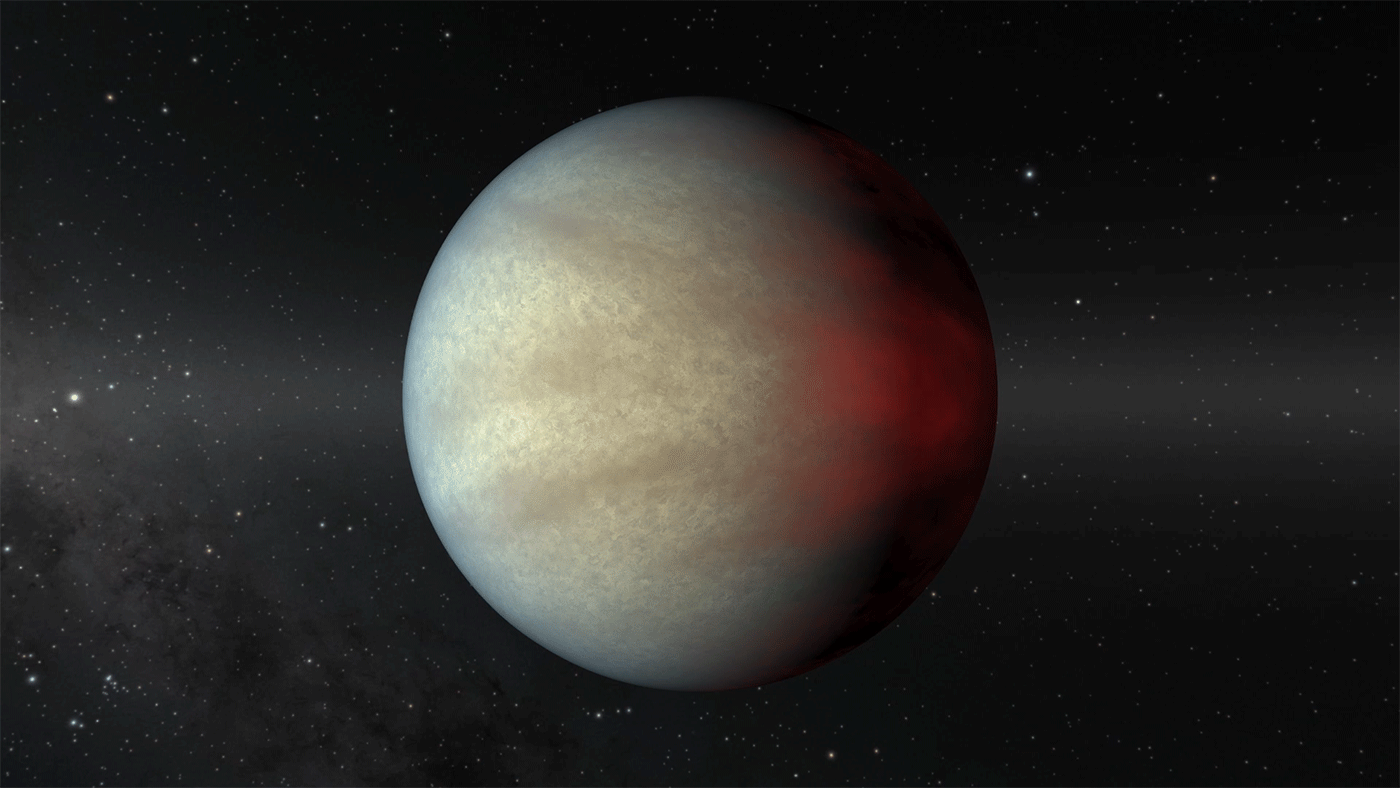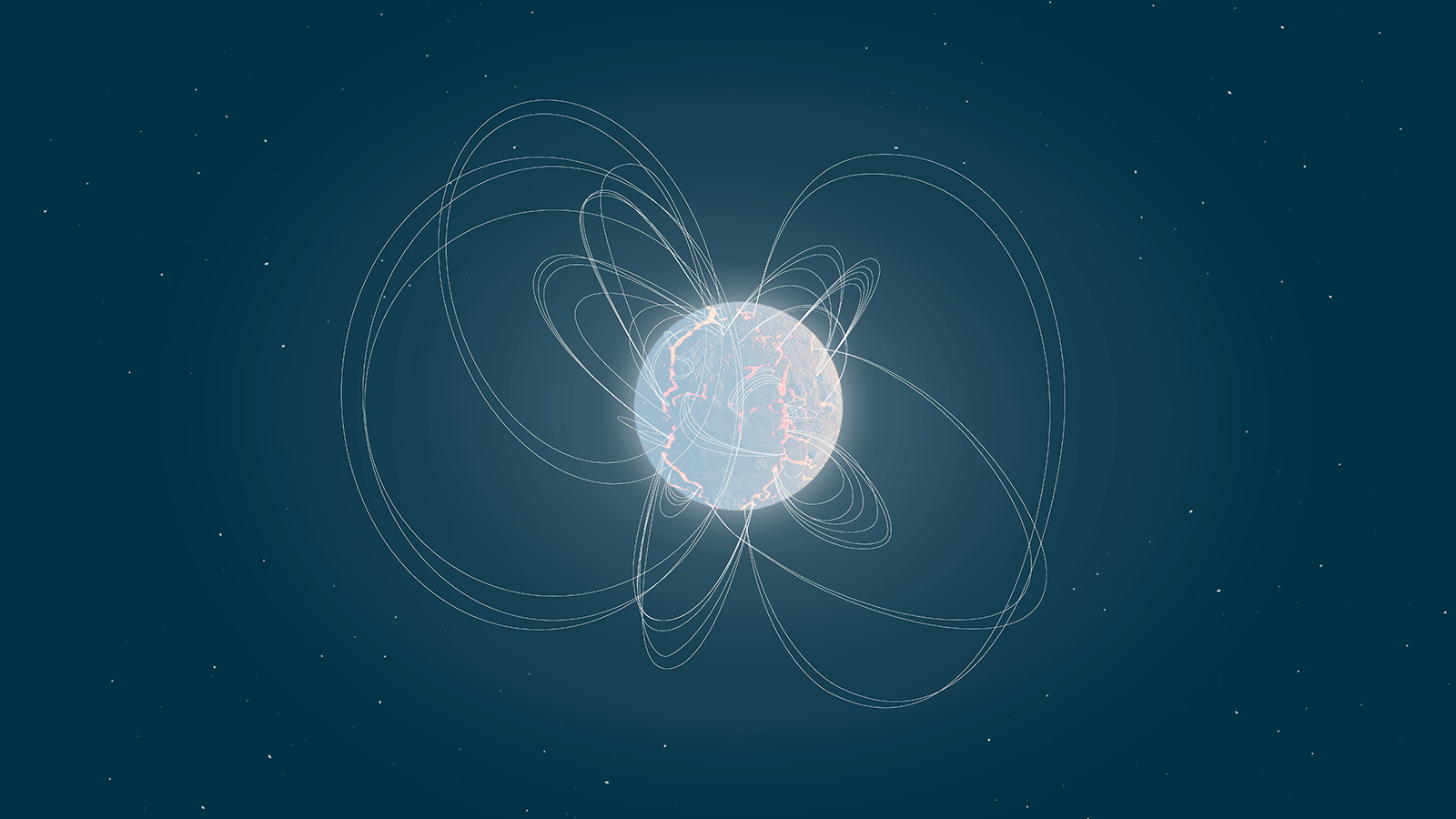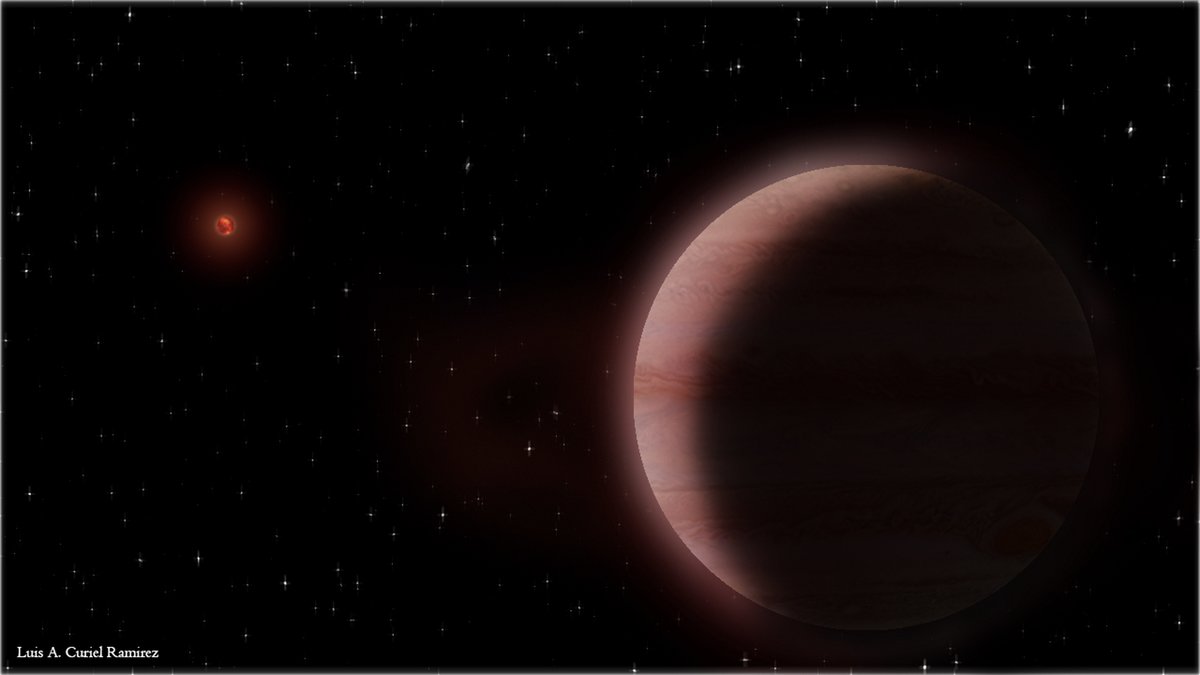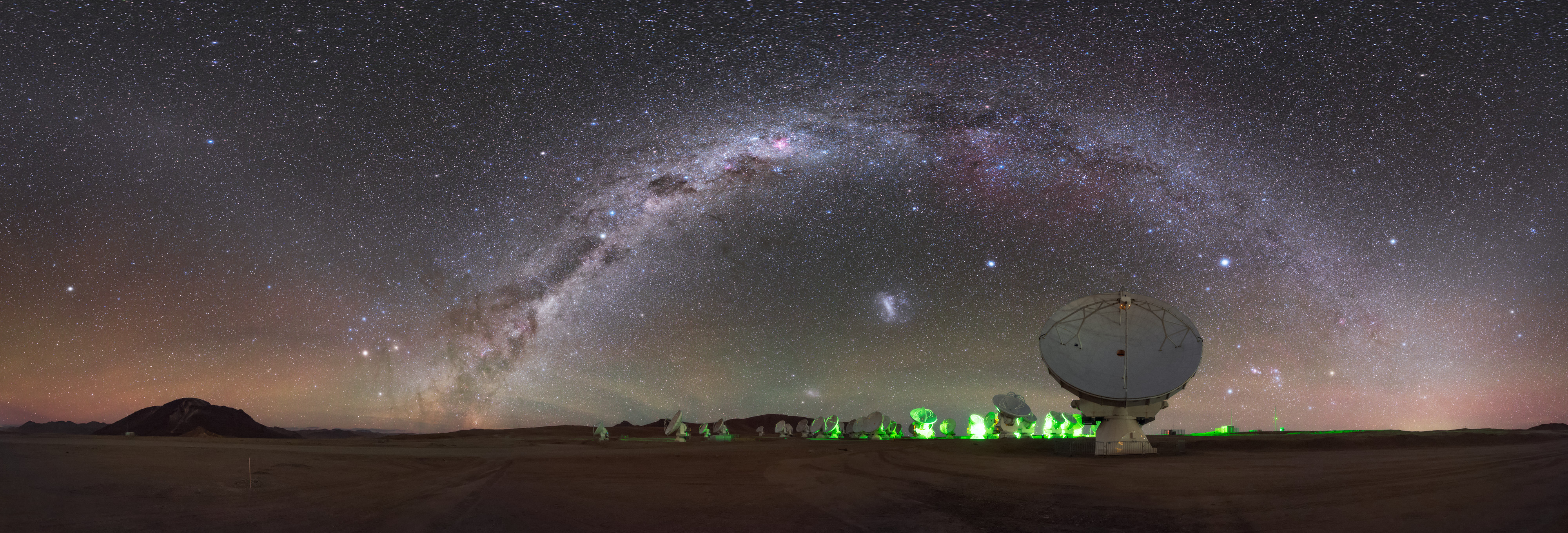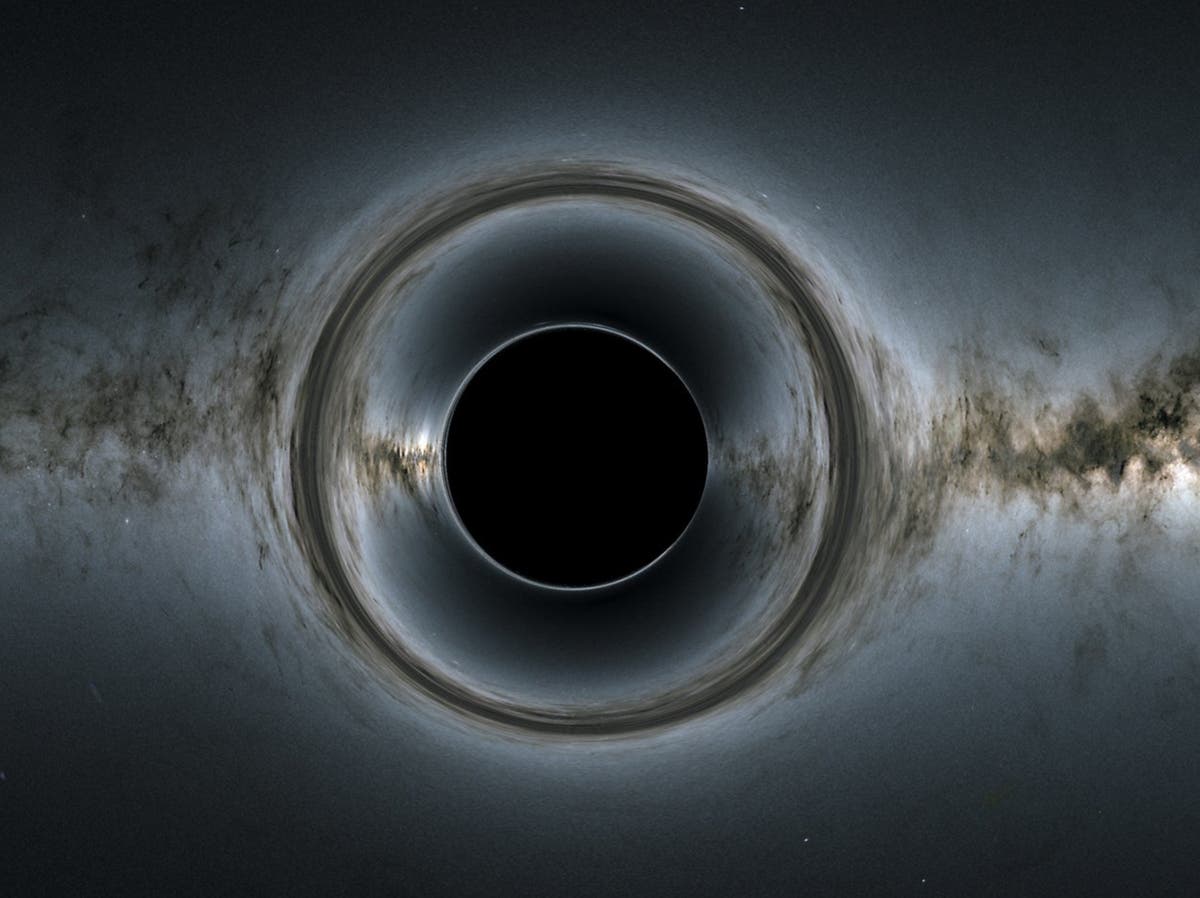- Joined
- Sep 1, 2010
- Messages
- 7,023 (1.41/day)
That's a good question here's the latest study by Lior Shamir, a K-State computational astronomer and computer scientist:
An analysis of > 200000 spiral galaxies has revealed that the early universe could have been spinning.
A spiral galaxy is a unique astronomical object because its visual appearance depends on the observer's perspective. For instance, a spiral galaxy that spins clockwise when observed from Earth, would seem to spin counterclockwise when the observer is located in the opposite side of the galaxy. If Universe has no particular structure — as previous astronomers have predicted — the number of galaxies that spin clockwise would be roughly equal to the number of galaxies that spin counterclockwise. Shamir used data from modern telescopes to show that this is not the case.
When comparing the number of galaxies with different spin directions, the number of galaxies that spin clockwise is not equal to the number of galaxies that spin counterclockwise. The difference is small, just over 2%, but with the high number of galaxies, there is a probability of less than 1 to 4 billion to have such asymmetry by chance, according to Shamir's research.
An analysis of > 200000 spiral galaxies has revealed that the early universe could have been spinning.
A spiral galaxy is a unique astronomical object because its visual appearance depends on the observer's perspective. For instance, a spiral galaxy that spins clockwise when observed from Earth, would seem to spin counterclockwise when the observer is located in the opposite side of the galaxy. If Universe has no particular structure — as previous astronomers have predicted — the number of galaxies that spin clockwise would be roughly equal to the number of galaxies that spin counterclockwise. Shamir used data from modern telescopes to show that this is not the case.
When comparing the number of galaxies with different spin directions, the number of galaxies that spin clockwise is not equal to the number of galaxies that spin counterclockwise. The difference is small, just over 2%, but with the high number of galaxies, there is a probability of less than 1 to 4 billion to have such asymmetry by chance, according to Shamir's research.





